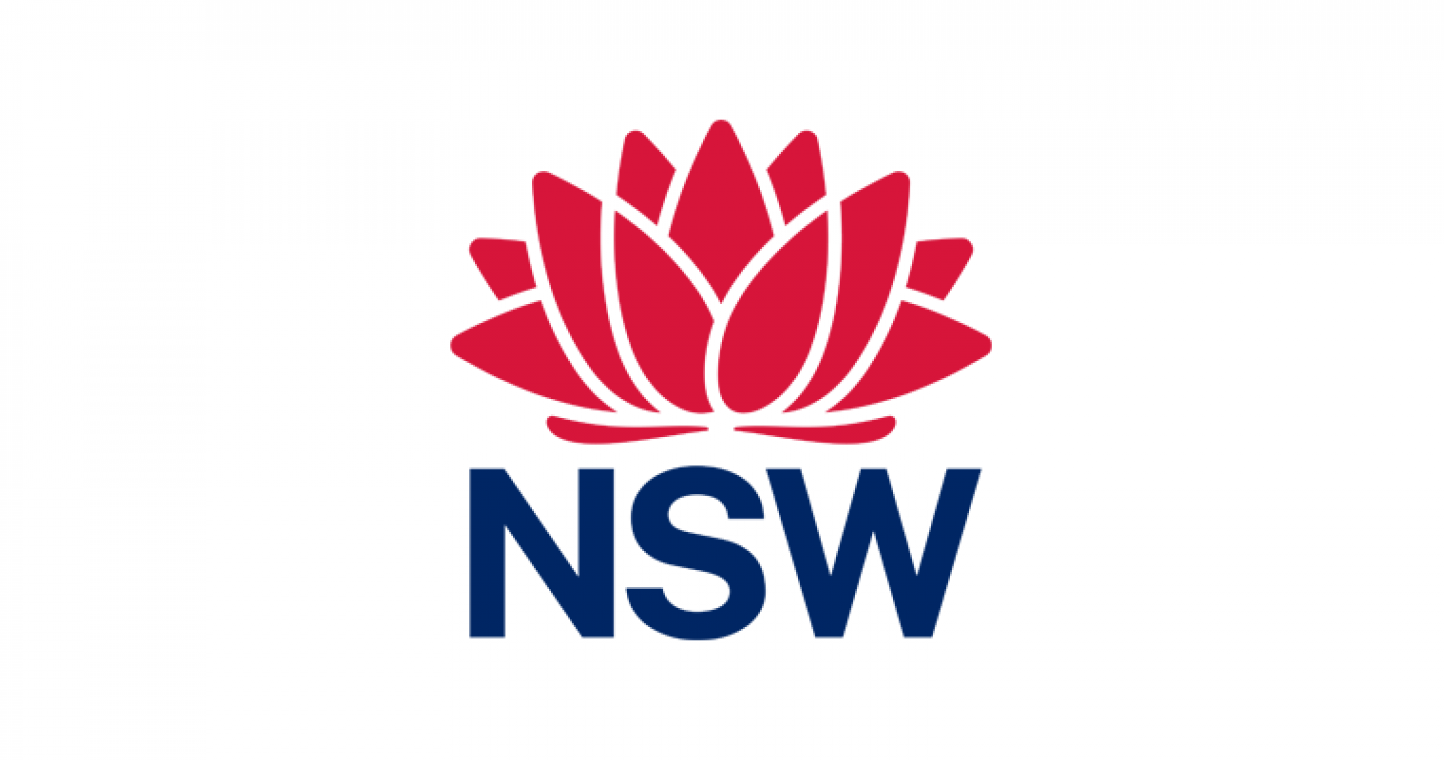The ACMA has today released its annual How we watch and listen to content interactive report for 2022, which tracks broadcast and online content consumption trends in Australia.
The data shows that free-to-air (FTA) TV, including catch-up TV viewing in Australia, increased for the first time since data was collected in 2017.
The number of adults who reported watching any FTA TV in a given week increased from 64 per cent in 2021 to 70 per cent in June 2022. This includes 56 per cent who watched FTA TV, excluding catch-up TV, and 38 per cent for FTA catch-up TV and streaming services.
Paid subscription streaming services continued to dominate viewing preferences, despite long-term growth plateauing in 2022. In 2022, 59 per cent of adults streamed video content through a paid subscription streaming service in a given week, compared to 58 per cent in 2021. This is up from just 29 per cent in 2017.
For the first time we have started tracking viewing of user generated and short form online videos such as Tik Tok and Instagram Reels. This format is viewed almost predominantly by 18 to 24-year-olds who spent on average 7.1 hours watching content in this format in a given week in 2022, more than any other format, including paid subscription streaming services such as Netflix.
When it comes to listening habits, broadcast radio remained the most popular form of audio content with 75 per cent of Australians tuning in during a given week in 2022. Meanwhile, music streaming services continued to rise; up to 70 per cent in 2022 from 67 per cent in 2021.
The publication also tracks how Australians access news content. In 2022, the majority of Australians (81 per cent) accessed news from online sources in a given week, more so than FTA, catch-up and pay TV (67 per cent), radio and podcast (44 per cent) or newspapers (23 per cent).
Despite the demand for online news, FTA TV was still a leading source of news and was cited as the main source of news by the highest proportion of those surveyed (28 per cent).
The report is part of the ACMA’s Communications and media in Australia series which tracks patterns of consumer communications and media use over time.







